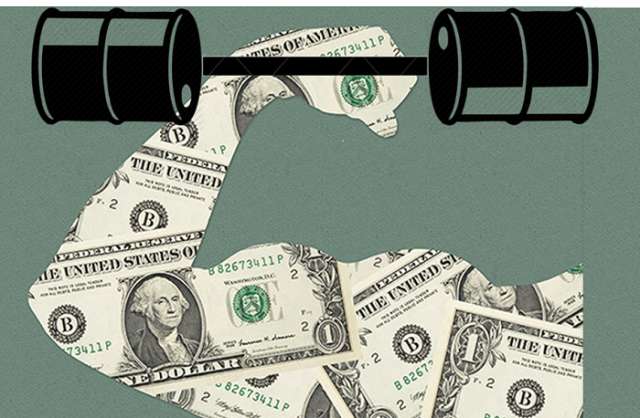Brent crude futures settled at $53.90 per barrel, down $1.82, or 3.27 percent after falling as low as $53.80. U.S. crude ended the session down $1.94, or 3.66 percent at $51.04 per barrel after hitting a low of $50.92.
Earlier, the U.S. Energy Information Administration reported that inventories at the Cushing, Oklahoma, hub rose for the sixth time in seven weeks.
Overall U.S. crude inventories fell 2.6 million barrels in the latest week, the data showed, much more than the decline of 1.6 million barrels analysts had forecast. [EIA/S]
Traders noted that most declines were in PADD 5, the West Coast, saying that did not truly reflect supply-demand fundamentals. Crude stocks in PADD 5 fell about 2.3 million barrels.
"This week really doesn`t point to an effort to clear inventories from PADD3 (Gulf Coast) like many expected," said Troy Vincent, analyst at New York-based ClipperData.
"The decline in stocks is predominately from the West Coast, while Gulf Coast imports actually ticked higher and stocks only fell 400,000 bpd."
The Organization of the Petroleum Exporting Countries signaled a growing oil supply surplus next year unless members implement their deal to curb output from record levels and outside producers also deliver on cutback pledges.
In a monthly report, OPEC said that without cuts the 2017 overhang would reach 1.24 million bpd, about 300,000 bpd higher than the forecast in its previous report.
Saudi Energy Minister Khalid al-Falih said it would take time for the market to recover after the deal between OPEC and rival producers to limit supplies
More about:
















































